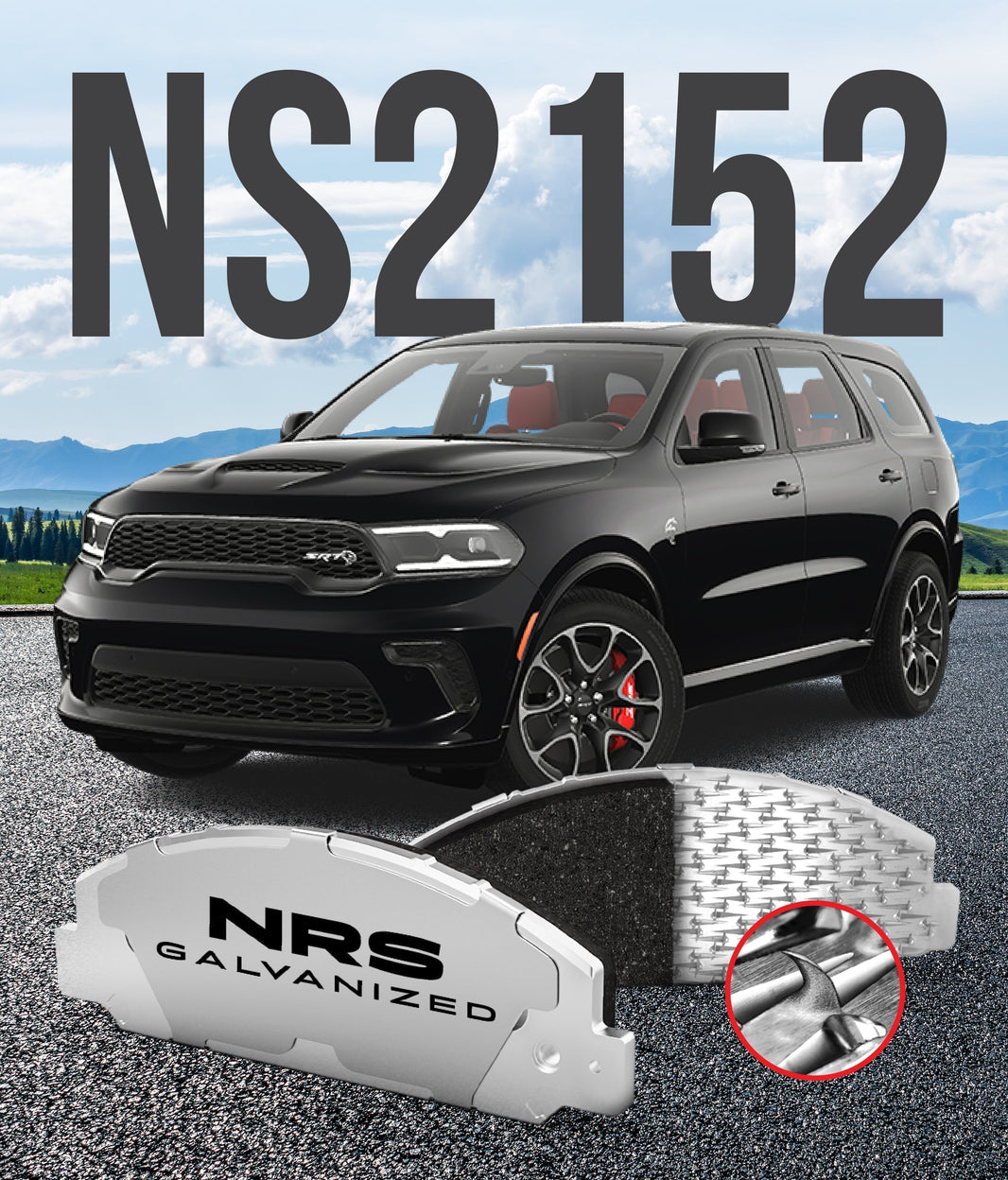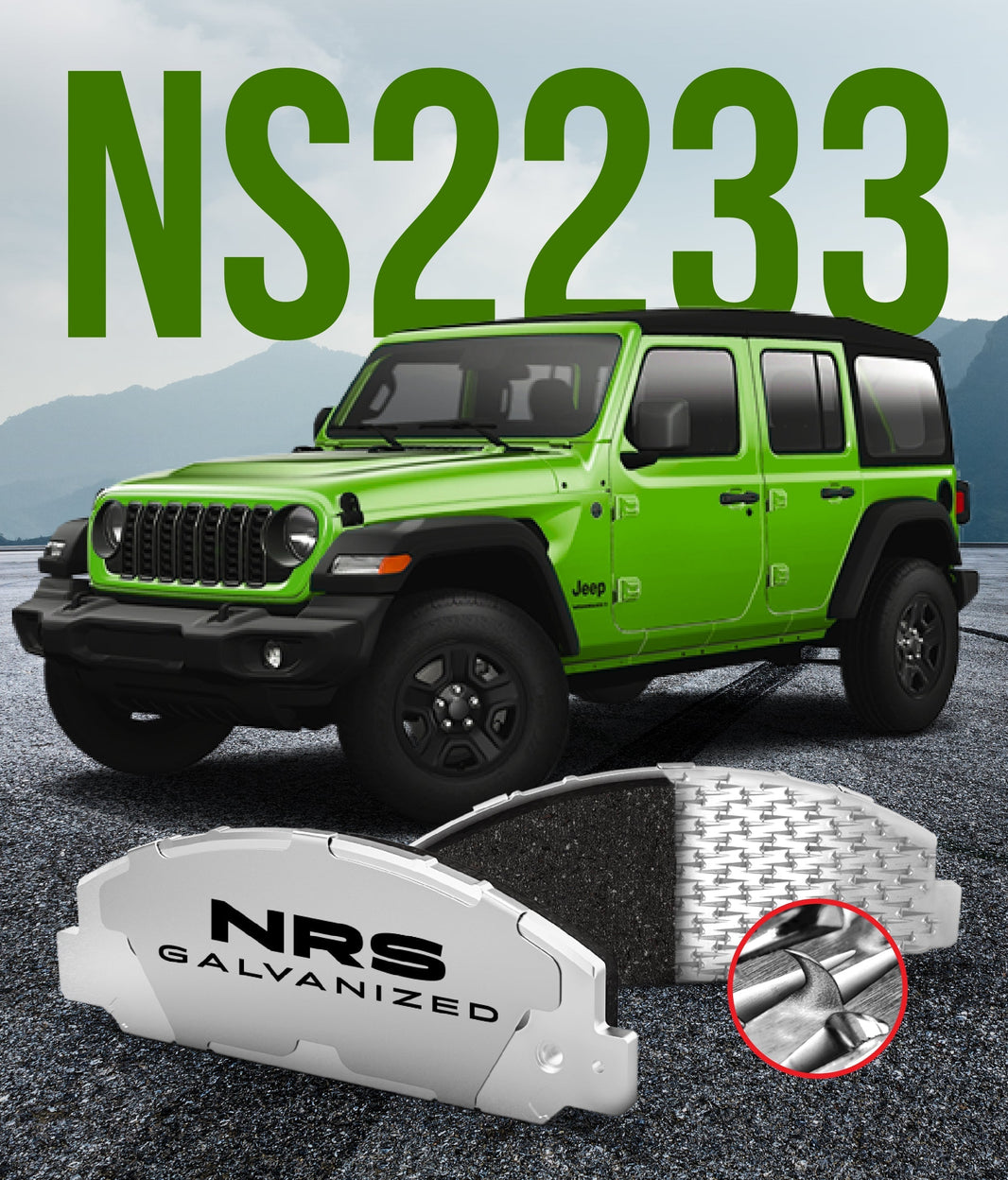 When we think about car safety, brakes are often the first thing that comes to mind. We rely on them every time we drive, from gentle slowdowns to sudden emergency stops. But the braking system is far more than just the pedal we press with our foot. It's a complex assembly of many components working together in a carefully orchestrated sequence. So, when considering all these parts, what is the absolute most critical brake part? Is it the large, visible rotors? The powerful calipers that clamp down on them? The master cylinder that generates hydraulic pressure?
When we think about car safety, brakes are often the first thing that comes to mind. We rely on them every time we drive, from gentle slowdowns to sudden emergency stops. But the braking system is far more than just the pedal we press with our foot. It's a complex assembly of many components working together in a carefully orchestrated sequence. So, when considering all these parts, what is the absolute most critical brake part? Is it the large, visible rotors? The powerful calipers that clamp down on them? The master cylinder that generates hydraulic pressure?
This article will delve into the intricacies of the braking system, examining its various components and their functions. We'll argue for what we believe is the single most critical element, often overlooked, and explain why it deserves this designation. Get ready for a potentially surprising answer, and prepare to rethink what you thought you knew about brake safety. This isn't just about stopping; it's about how you stop, consistently and reliably, every single time.
The Braking System: A Symphony of Parts, Working in Harmony
Before we can identify the most critical part, it's essential to understand the key players in the braking system and how they interact. It's a carefully choreographed dance of mechanics and hydraulics:
-
Brake Pedal: This is where it all starts. The driver's input, the force applied to the pedal, is the initial command that sets the entire system in motion.
-
Brake Booster: This often-overlooked component uses engine vacuum (or an electric pump in some vehicles) to amplify the force applied to the brake pedal, making it easier to stop.
-
Master Cylinder: This is the heart of the hydraulic system. It's a pump that converts the mechanical force from the pedal (and booster) into hydraulic pressure, which is then transmitted to the brakes at each wheel.
-
Brake Lines: These steel or rubber tubes are the lifelines of the system, carrying the pressurized brake fluid from the master cylinder to the calipers at each wheel.
-
Brake Calipers: These are the clamping mechanisms. They house the brake pads and pistons, and they squeeze the pads against the rotors when you apply the brakes.
-
Brake Pads: These are the friction warriors. Made of specialized materials, they create the stopping force by pressing against the rotors. They are designed to wear down over time and are considered a consumable item.
-
Brake Rotors (or Discs): These large, usually metal, discs rotate with the wheels. The pads clamp onto them, creating friction that slows the vehicle down.
-
Brake Fluid: The brake fluid is very important. It can asorb water which is bad for any brake system
All of these components are absolutely necessary for the braking system to function. A failure in any one of them can lead to a significant reduction in braking power, or even complete brake failure. However, while all are important, and all must be maintained, one part arguably bears the greatest responsibility for consistent, safe stopping, and is often the most vulnerable to catastrophic failure: the bond between the brake pad's friction material and its steel backing plate.
The Argument for the Bond: The Unsung Hero of Stopping Power
You might be thinking, "The bond? Isn't that just how the pad is held together? Surely something more substantial, like the rotors or calipers, is more critical." While those components are undeniably important, the integrity of the bond is paramount for a very specific, and very serious, reason. The bond does more than most think.
The bond between the friction material and the backing plate is subjected to extreme forces and temperatures every single time you apply the brakes. Imagine the immense pressure and heat generated when you slam on the brakes to avoid an obstacle. If this bond weakens or, worse, fails completely, the friction material can separate from the backing plate, a condition known as delamination.
This can lead to a sudden and complete loss of braking power at that wheel, potentially causing the vehicle to pull violently to one side, or even spin out of control. It's a terrifying and potentially catastrophic situation, far more sudden and dangerous than many other brake component failures. Imagine your shoe's sole suddenly peeling off completely while you're running a marathon – at best, you'll stumble; at worst, you'll fall hard. That's essentially what happens with pad delamination, but at highway speeds.
Why Other Parts, While Important, Aren't Most Critical
Let's consider why other parts, while crucial to the overall braking system, don't quite reach the same level of immediate criticality as the bond:
-
Brake Rotors: Warped or damaged rotors can cause vibrations, pulsations in the pedal, and reduced braking effectiveness. However, they rarely lead to a complete and sudden loss of braking power. You'll usually have some warning, and some ability to stop.
-
Brake Calipers: A seized caliper can cause dragging brakes, uneven pad wear, and overheating. This can eventually lead to damage, but again, it's usually a gradual decline, not an immediate catastrophic failure. You'll likely notice pulling to one side, unusual noises, or a burning smell.
-
Master Cylinder: A failing master cylinder can lead to a soft or spongy brake pedal and a gradual reduction in braking power. This is serious, and needs immediate attention, but it often provides some warning signs before complete failure.
-
Brake Lines: A leaking brake line will eventually lead to a loss of hydraulic pressure, but this is usually a progressive issue, giving you time to react (though you should never drive with a known brake fluid leak).
-
Brake Fluid: Brake fluid absorbs water, and boils, causing a very soft pedal.
All of these components can fail, and they should be inspected and maintained regularly as part of responsible vehicle ownership. But a sudden, catastrophic failure, like a complete separation of the friction material from the backing plate, is statistically more likely with a weakened or compromised bond than with many of these other parts. The bond is the silent guardian, holding everything together under immense pressure, and its failure can be instantaneous and devastating.
The NRS Difference: A Bond You Can Trust, Engineered for Extremes
This is where NRS Brakes' unique approach comes into play, and why it's so relevant to the discussion of the most critical brake part. NRS Brakes recognizes the paramount importance of the bond between the friction material and the backing plate, and they've developed a patented solution that goes far beyond traditional methods. They saw a flaw and fixed it.
Instead of relying solely on adhesives or simple welding techniques (which can weaken the metal), NRS pads feature a mechanical attachment system. This system, known as NRS hooks, uses a series of precisely engineered hooks that are integrally formed into the galvanized steel backing plate itself, during the manufacturing process. These hooks are not added separately; they are part of the original steel plate, creating an incredibly strong and consistent foundation. The friction material is then molded onto the backing plate, flowing around and locking onto these hooks, creating a mechanical interlock that is virtually impervious to shear forces and delamination. It's like having the roots of a mighty oak tree firmly anchoring the friction material to the steel, preventing any possibility of separation.
The Galvanized Advantage: Preventing the Root Cause of Failure, Prolonging Life
Traditional brake pads, even those with seemingly decent adhesive bonding, are still vulnerable to a silent enemy: rust and corrosion on the backing plate. This is a weakness that can compromise the bond.
Over time, exposure to moisture, road salt, and other environmental factors can cause the steel backing plate to rust. This rust weakens the metal and can creep under the friction material, undermining the adhesive bond and increasing the risk of delamination. It's like termites slowly eating away at the foundation of a house – the damage might not be immediately visible, but it's steadily weakening the structure.
NRS Brakes addresses this critical vulnerability by using galvanized steel for their backing plates. This zinc coating provides exceptional protection against rust and corrosion, ensuring that the backing plate remains strong and intact, and the bond remains secure, even in the harshest Canadian winters or coastal environments. It's like having a rust proof shield protecting the most critical part of your brake pad, ensuring its long term integrity.
We at NRS Brakes firmly believe, and have demonstrated through rigorous testing and real world performance, that the bond between the friction material and the backing plate is the single most critical brake part. Our patented mechanical attachment system (NRS hooks), combined with galvanized steel construction, provides a level of security, reliability, and longevity that is unmatched in the industry. When you choose NRS Brakes, you're not just choosing brake pads; you're choosing the Best Brake Pads, and you're choosing a bond you can trust. It's not just about stopping; it's about stopping safely, consistently, and predictably, every single time, regardless of the conditions.




